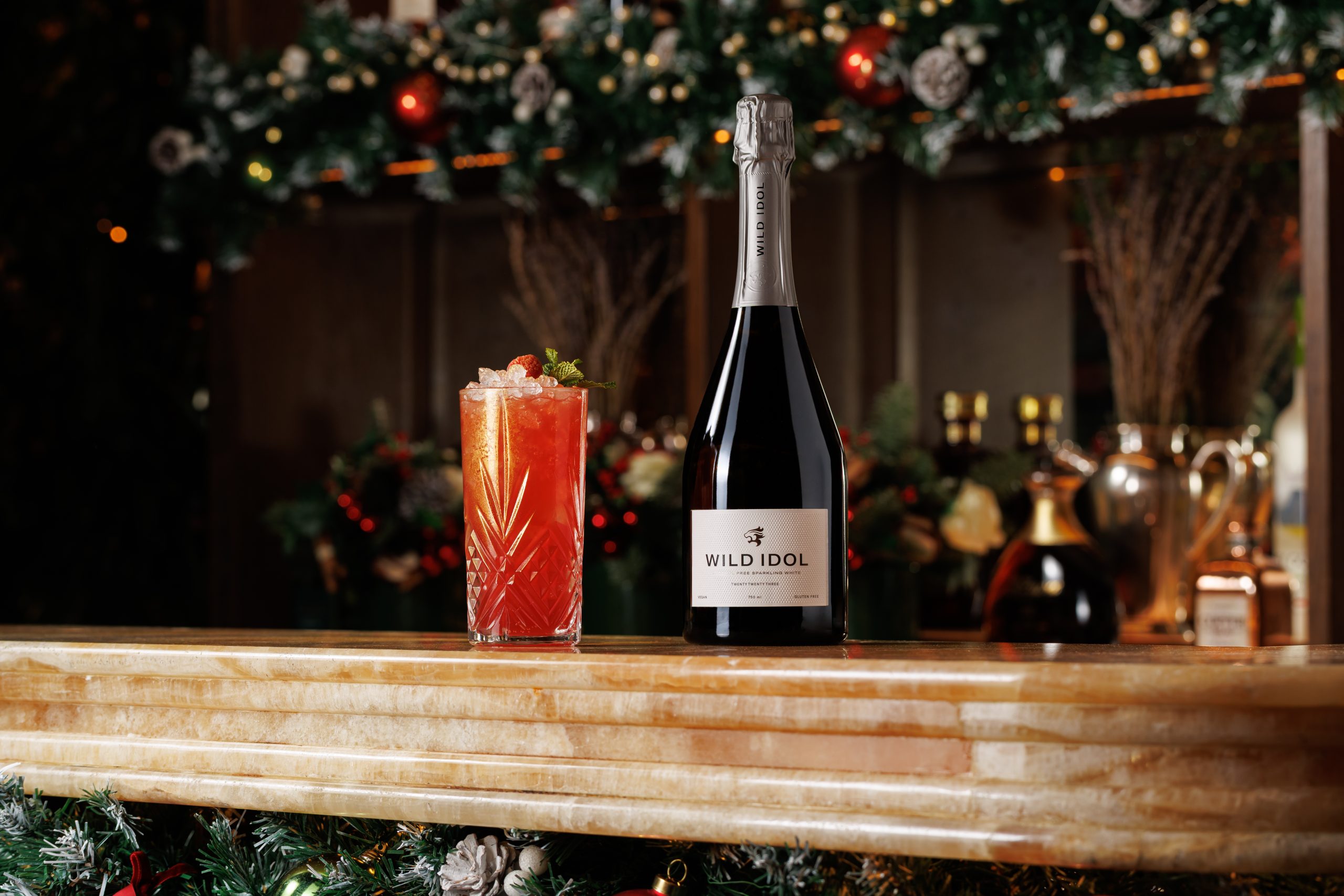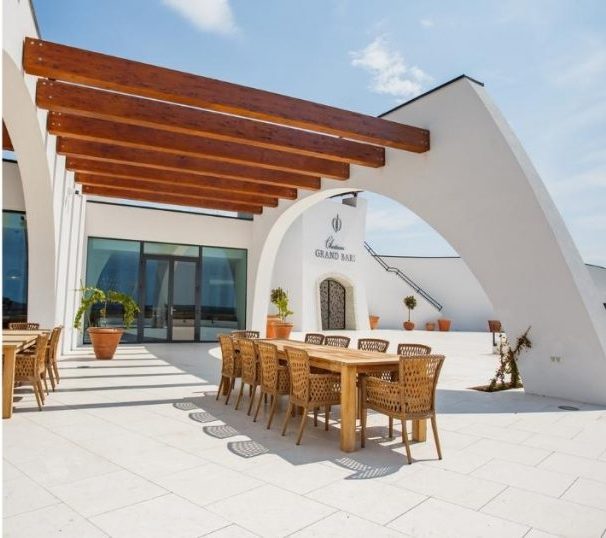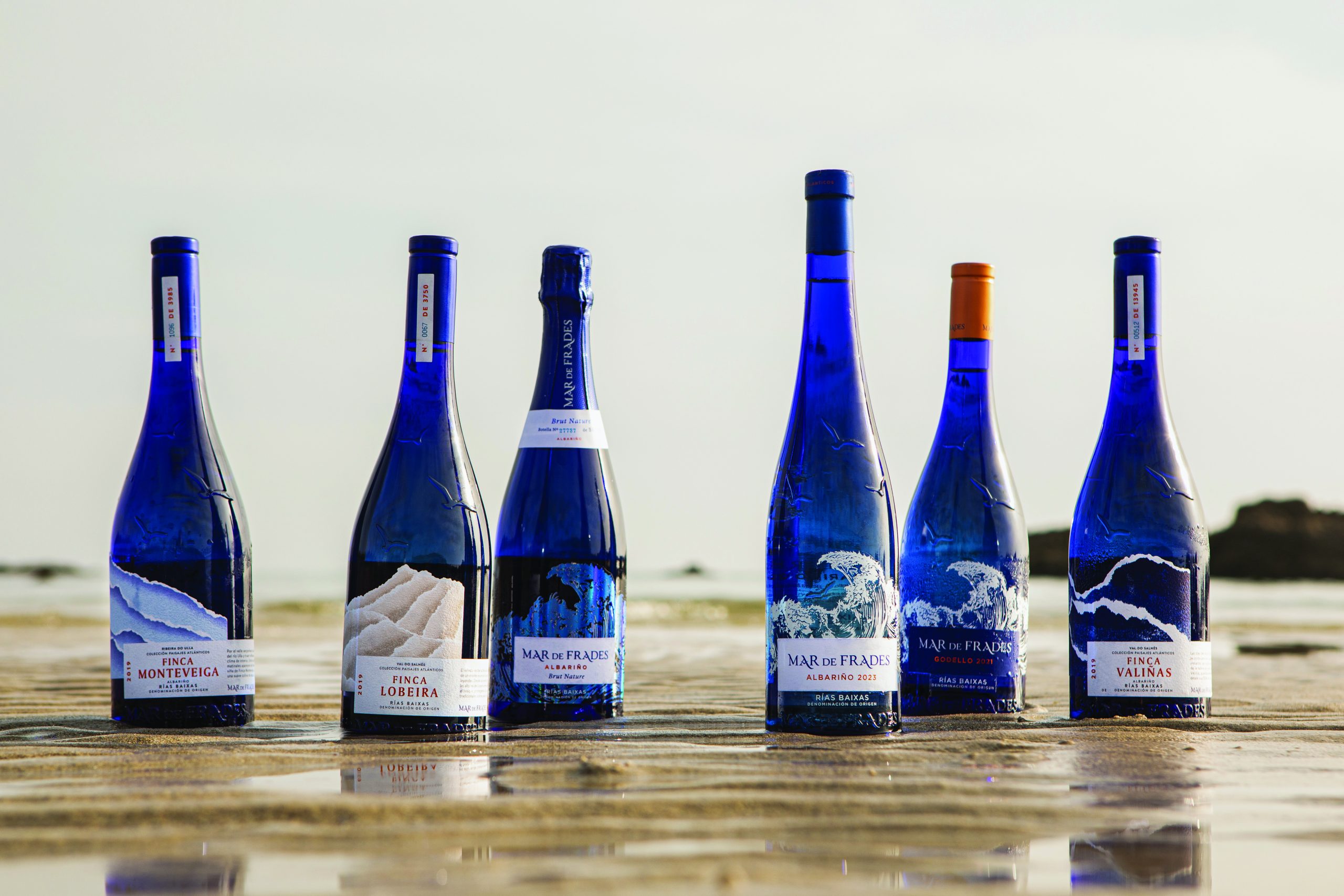CORK: Walk on the wildlife side
As screwcap gains in popularity, cork inevitably loses out. This development could have a potentially devastating effect on the woodlands of Spain and Portugal and the endangered species within them, writes Gabriel Savage.
There is little doubt that the screwcap is here to stay. Convenience, consistency and cost have all contributed to the growing popularity of alternative wine closures, which have undoubtedly improved the drinking experience for wine lovers around the world.
However, among the arguments which remain for the traditional cork is a serious but rarely voiced threat posed to the delicate ecosystems supported by Iberia’s cork forests.
In addition to providing most of the 12 billion cork stoppers produced each year, which account for around 70% of the total cork market, the Spanish dehesas and Portuguese montados sustain a rich abundance of wildlife, including migratory birds from northern Europe and 37 endangered species such as the Iberian lynx and imperial eagle.
The price isn’t right
One individual with a particular interest and qualification to tackle this subject is Javier Hidalgo, who combines his day job as director of Sherry producer Bodegas Hidalgo-La Gitana with a position on the board of the Sociedad Española de Ornitología, Spain’s answer to the RSPB.
As a result of this connection, the Hidalgo VORS range depicts the imperial eagle, with a percentage of sales going to support its conservation.
“What I am seeing is a decrease on the price paid to the farmers by their cork,” Hidalgo observes, stressing his belief that: “It must be related to an increase in the use of alternative stoppers such as screwcaps and plastic.”
He attributes this development to an ill-judged kneejerk reaction on the part of the wine industry, “wrongly blaming cork for all wine problems, as well as the increase in demand and price for cork stoppers that happened some years ago when world wine production increased dramatically”.
If these issues mean it becomes no longer economically viable for landowners to preserve their cork forests, Hidalgo points to the potentially international scale of the associated wildlife crisis. “Not only our resident fauna will be affected, but also all those flocks of wintering birds coming to the dehesas from Central and Northern Europe.”
Among these he counts 150,000 northern cranes from Scandinavia and Siberia, as well as “millions” of thrushes, warblers, pigeons, robins, flycatchers and redstars. Indeed, on the back of these concerns, the RSPB launched a campaign encouraging its UK members to choose cork stoppers when buying wine.
Yet another important part of the biodiversity and livelihoods sustained by the cork forests is the ham industry. Jamón Ibérico de bellota is made from pigs which live free-range in the cork forests, feeding on the acorns which lend them the distinctive, delicate flavour enjoyed in restaurants around the world.
Perhaps the most famous region for this product is Jabugo, part of the Jamón de Huelva DOP in south-west Spain, which at the last count had 467 farms and 63,815 pigs registered.
As part of its own efforts to create a secure long-term future for the forests, cork producer Amorim’s latest Sustainability Report includes details of a new advisory programme, geared towards implementing best practice in the management of cork forests and their associated biodiversity.
To date 25 plantations across 8,000 hectares have taken advantage of this initiative, which the company provides to landowners free of charge.
Partner Content
At around €120 (£100) per day, Carlos de Jesus, director of marketing & communications for Amorim, describes the highly skilled job of harvesting cork oak as “the best paid agricultural job in the world”.
He also emphasises the importance of the cork forests to sustaining human as well as animal and plant communities, saying: “sometimes the only barrier to desertification is these oak forests”.
However, he also points out that this injection of cash only comes for three months of the year and, even before the financial crisis, the price of cork had been falling steadily for the previous three or four years.
On this basis, he warns: “If the market takes away 70% of that income, the forest owners will create sources of income which do not include that triple bottom line approach: environmental, commercial and social.”
In addition to conservation efforts within the forests themselves, de Jesus accepts: “We have not been as adept at explaining the connection between someone opening a bottle of wine in the UK or Shanghai and the incredible forest I’m looking at now.”
The cork cause won important support with the announcement at the end of last year by both Sainsbury’s and Co-op that all their corks would be FSC certified, a qualification held by approximately 40,000 hectares of cork forest in Portugal alone.
However, it only takes a quick wander through the aisles of both retailers to realise that screwcaps remain very much a permanent fixture on their shelves.
Quality commitment
Ultimately, cork’s ability to retain its crown as the primary wine closure of choice must be underpinned by quality. De Jesus remains confident that Amorim at least is able to offer this reassurance, maintaining: “We need to deliver premium quality at all price points and we are able to do that.”
This assertion was backed up by research carried out at this year’s Concours Mondial de Bruxelles, where of almost 7,000 bottles opened, just 1% was found to be affected by TCA.
Similar reports from other tastings seem to be beginning to convert sceptics back to what is generally agreed to be the most natural, sustainable and aesthetically pleasing closure for wine. Let’s hope all those robins appreciate the effort that goes into protecting their winter holiday homes.
Portuguese Cork Association Campaign
The next stage of ensuring a safe future for the cork forests has just arrived in the form of a new campaign by the Portuguese Cork Association, APCOR. The initiative (see page 12), channels consumers through its website, ilovenaturalcork.co.uk, asking them to pledge allegiance to buying wine with a cork stopper, aided among other information by the following statistics:
- 12 billion natural cork closures are produced every year, representing 70% of the total cork market
- 52.5% of the world’s natural cork production comes from Portugal
- The average cork tree produces one tonne of raw cork, equivalent to 65,000 stoppers
- 24 species of reptiles and amphibians, 100 bird species and 37 mammal species live in the cork forests.
- Approximately 135 species of plant are found per 1,000 square metres of cork forest
Gabriel Savage, August 2010





Why would anyone use a piece of old tree bark to seal a bottle when the technical alternative ensures no taint?
The wildlife will survive, it always does.
Cork is stripped from the tree every 9 years (the trees last up to 300 years) so the bark used for wine stoppers is not “old”. If demand for cork goes down, so does its value in the market. Individual land owners would then be prone to ripping out the trees and thus creating sun exposure to the soil and the desertification effect.
Technical closures like screw caps and plastics are prone to creating oxidation and reductive characters in wine that consumers are unfamiliar in detecting. Add that to environmental concerns and I say why not stick with cork!
Agree with Randolph,disagree with Ben.While I may feel some sadness re the possible enviromental affects the reduced use of cork may bring,they(the cork producers) surely bought the problems upon themselves by supplying poor quality products.Why would I buy my wines cork sealed ,and possibly(probably) experience issues(and I have,many,MANY times,and with expensive high quality wines)when I can buy the wines under screwcap.Why should I as a consumer feel I need to accept a 15%+ failure rate in my wine purchases(and the cork supplier will NOT reimburse me),just to keep the cork producers in business.
Hi,
I am working on the global market for Natural Cork. I would like to get in touch with experts in this regard to get insights in the market in terms of supply demand, market drivers etc.
I request you all to refer me to any experts in this area. Kindly mail me to vishal@beroe-inc.com
Thanks and Regards,
Vishal